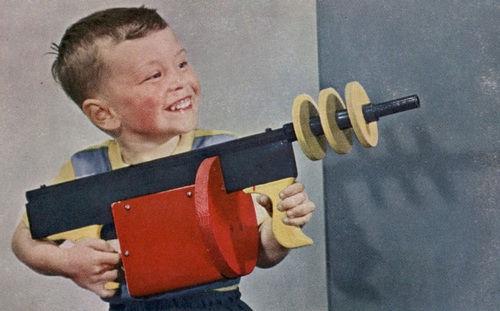You are using an out of date browser. It may not display this or other websites correctly.
You should upgrade or use an alternative browser.
You should upgrade or use an alternative browser.
Jamie S. 6 dof-3d
- Thread starter Brian Manzella
- Start date
- Status
- Not open for further replies.
Thorax Acceleration Causes Pelvis Deceleration during Downswing of Golf - YouTube
I assume this video explains Rory.
As for Tiger. Between using the doctor from Canada and that doctors link to Dana Torres and Arod and others. Smells like a duck to me.
I assume this video explains Rory.
As for Tiger. Between using the doctor from Canada and that doctors link to Dana Torres and Arod and others. Smells like a duck to me.
mgranato
New
I'd like to see that on move on a phantom camera. Apparently at 24,000 fps, physics changes.
If you believe that you'll believe anything.
If you believe that you'll believe anything.
What's the alternative explanation?
TROYNYGOLFER
New
Has anyone verified this DNA stuff with a Casio?
mgranato
New
Has anyone verified this DNA stuff with a Casio?
I'm sure they're on it! Anything posted here in 3D always gets vetted by the observation experts in 2D. You know, kinda like when the FBI needs to verify ballistics, they use this...

mjstrong
New
I think what it confirmed to me is that in order to create speed, you had better get some body parts out of line with each other and off plane....this is what we "grab onto" to create speed....
I think it's also been suggested (proven?) that unstable/off plane proximal components can help "control" distal ones? Could be very important for accuracy as well.
(Brutal example...) My mind often wanders when I'm shopping with my wife. The particular example I'm thinking of now is how I am forced to control a super-sized Costco shopping cart when it's fully loaded. If I don't push the cart from the proper, "outside" angle as I go around a corner, I could lose that giant jar of cashews in the front of the cart.
Has anyone verified this DNA stuff with a Casio?
Gotta own a Phantom for that one!
Thanks for the education, I have a change to learn which is great!! I am a 5 hcp and not an expert by any means.
Is there a relation to what the force-plates data is showing and the movement of the pelvis or other parts? The reason for asking is that I have heard the expression "turn your upper body towards a stable lower body". What does this mean?
Last, do the feet move the knees and legs and do the legs move the pelvis?
Maybe these questions are not the right questions, anyway I realize I need some more knowledge.
Is there a relation to what the force-plates data is showing and the movement of the pelvis or other parts? The reason for asking is that I have heard the expression "turn your upper body towards a stable lower body". What does this mean?
Last, do the feet move the knees and legs and do the legs move the pelvis?
Maybe these questions are not the right questions, anyway I realize I need some more knowledge.
mjstrong
New
Thanks for the education, I have a change to learn which is great!! I am a 5 hcp and not an expert by any means.
Is there a relation to what the force-plates data is showing and the movement of the pelvis or other parts? The reason for asking is that I have heard the expression "turn your upper body towards a stable lower body". What does this mean?
Last, do the feet move the knees and legs and do the legs move the pelvis?
Maybe these questions are not the right questions, anyway I realize I need some more knowledge.
The best answers will come from somebody above my pay grade, but I know that Nesbit found the "typical" sequence of joint stabilization to be correct (1st - left ankle, 2nd - right ankle, 3rd - left knee, right knee, etc...).
However, I think that some of the newer research is showing that there is more to the "optimal" kinematic sequence than originally thought. If the mass of the trunk, for example, is excessively heavy compared to the mass of the arms, I think you'll want a different looking sequence (perhaps less deceleration prior to the arms peaking) than if it weren't.
mjstrong,
Thanks for the reply.
Brian ++ has done a great job moving the knowledge (fact based) of what actual are going on. My guess is that this will be explained in due time. I don't even know if my questions make sense, but it would for sure be interesting to learn more regarding what is going on from the pelvis and down.
Thanks for the reply.
Brian ++ has done a great job moving the knowledge (fact based) of what actual are going on. My guess is that this will be explained in due time. I don't even know if my questions make sense, but it would for sure be interesting to learn more regarding what is going on from the pelvis and down.
- Status
- Not open for further replies.
Share:

